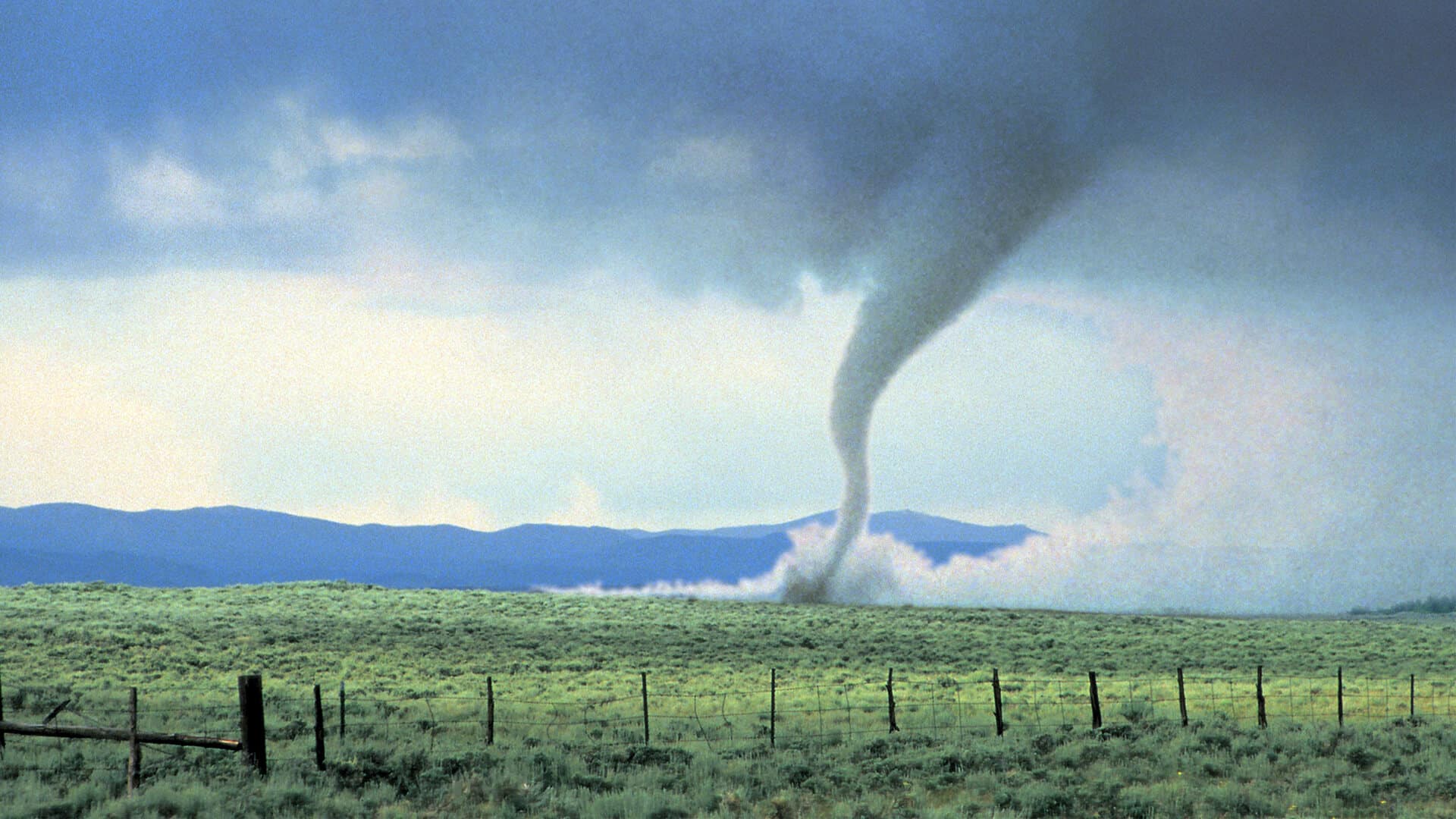The Federal Reserve cut its benchmark interest rate on Wednesday by 0.25 percentage points, lowering the target range to 4–4.25 percent—its first reduction since last December, Reuters reported. The move reflects mounting concerns about a cooling labor market even as inflation remains above the Fed’s 2 percent goal. Officials also signaled they expect two additional cuts before the end of 2025. Fed Chair Jerome Powell emphasized the decision was motivated by weakening job trends, not political pressure.
“Uncertainty about the economic outlook remains elevated,” the Fed said in its statement. “The Committee is attentive to the risks to both sides of its dual mandate and judges that downside risks to employment have risen.”
At a press conference, Powell pointed to unusual softness in hiring: “The marked slowing in both the supply of and demand for workers is unusual in this less dynamic and somewhat softer labor market. The downside risks to employment appear to have risen.”
The policy shift passed 11–1, with the lone dissent from Stephen Miran, a newly confirmed Fed governor and former Trump economic adviser, who argued for a deeper half-point cut.
For households and businesses, the impact should show up gradually. Lower rates mean cheaper borrowing—whether for mortgages, car loans, or small-business credit. Several major U.S. banks cut their prime lending rates within hours of the Fed’s move. Still, Powell cautioned that the central bank is moving carefully: inflation was running at 2.9 percent year-over-year in August, and cutting too aggressively could risk reigniting price pressures.











